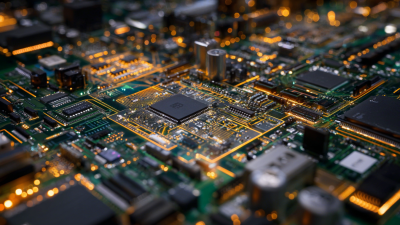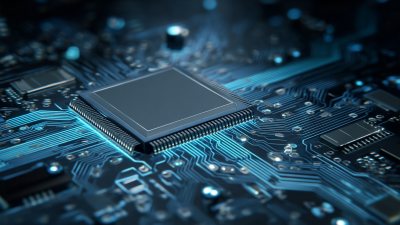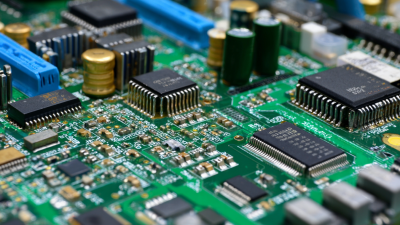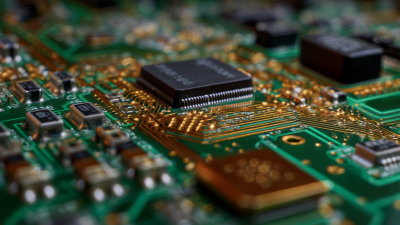The realm of circuit board manufacturing is undergoing a profound transformation, driven by the relentless pursuit of innovation and technological advancement. As industries increasingly rely on complex electronic devices, the demand for high-performance circuit boards has skyrocketed. According to a report by Research and Markets, the global printed circuit board (PCB) market is projected to reach approximately $80 billion by 2026, with a compound annual growth rate (CAGR) of 3.7% from 2021 to 2026. This staggering growth underscores the critical importance of adopting advanced manufacturing techniques to meet the evolving needs of the electronics sector.

Emerging technologies such as automated production processes, advanced materials, and the integration of artificial intelligence are revolutionizing circuit board manufacturing. These innovations not only enhance production efficiency but also improve product reliability and performance. For instance, the implementation of additive manufacturing techniques in PCB design allows for greater flexibility and complexity in circuit designs, enabling the production of lighter and more compact electronic devices.
Furthermore, the shift towards environmentally friendly manufacturing practices, driven by regulations and consumer preferences, is prompting manufacturers to explore sustainable materials and processes, further shaping the future of circuit board production.
As we delve into the advanced techniques currently reshaping the landscape of circuit board manufacturing, it becomes clear that the intersection of innovation and industry demands heralds a new era of possibilities. By embracing these cutting-edge methods, manufacturers can not only stay competitive but also contribute to the sustainable development of the electronics industry, paving the way for a smarter and more connected future.
The evolution of circuit board manufacturing has been significantly influenced by advanced Computer-Aided Design (CAD) tools, revolutionizing the design process. These sophisticated software solutions enable engineers to create intricate and highly efficient circuit layouts with greater precision and speed. By integrating powerful simulation features, designers can predict performance issues and validate designs before physical prototyping, thus reducing both time and costs associated with traditional manufacturing methods.
Moreover, advanced CAD tools are enhancing collaboration among teams, allowing for real-time updates and the ability to share insights seamlessly. This collaborative approach empowers designers to innovate and optimize circuit board designs iteratively, ensuring that they can meet the demands of modern technology. As these tools continue to evolve, we can expect further advancements in material selection, miniaturization, and sustainability within the circuit board industry, paving the way for groundbreaking applications in consumer electronics, medical devices, and automotive technologies.
3D printing technologies are revolutionizing the prototyping phase in printed circuit board (PCB) manufacturing. This innovative approach allows engineers to create rapid prototypes of circuit boards with unprecedented speed and accuracy. By leveraging additive manufacturing, designers can iterate on circuit board layouts in real-time, making adjustments and testing functionalities before moving to full-scale production. This not only reduces time-to-market but also significantly cuts down on material costs and waste, making the entire process more sustainable.
Tips: When utilizing 3D printing for PCB prototypes, ensure to select the right materials that can withstand the electrical demands of your design. Experimenting with different printing techniques can also reveal the optimal balance between flexibility and durability.
Additionally, the ability to integrate multiple components into a single 3D printed assembly opens new avenues for complex circuit designs that were previously difficult to achieve. This synthesis of design and function promotes innovation and can lead to more compact, efficient electronic devices. By embracing these advanced manufacturing techniques, businesses are poised to meet the ever-growing demands for customizable and efficient electronics.
Tips: Always prototype with a scalable mindset; consider how your design will perform when transitioned to traditional manufacturing methods. Emphasizing modular designs can also enhance flexibility in your product development process.
| Dimension | Traditional Method | 3D Printing Method | Advantages |
|---|---|---|---|
| Prototyping Speed | Weeks | Days | Faster product development |
| Material Waste | High | Low | More sustainable practices |
| Design Flexibility | Limited | High | Complex geometries possible |
| Cost of Prototyping | High | Lower | Reduced development costs |
| Iteration Process | Time-consuming | Streamlined | Enhances innovation cycle |
The integration of smart materials in circuit board manufacturing is revolutionizing the industry by enhancing both flexibility and durability. Traditional circuit boards often face limitations in their design and operational capabilities, particularly in applications that require frequent bending or exposure to harsh environments. However, the advent of smart materials, which exhibit adaptive properties in response to stimuli, allows for the development of circuit boards that can endure mechanical stress without compromising performance.
One remarkable example of smart materials in circuit boards is the use of polymer-based substrates that possess self-healing properties. These materials can recover from minor damages, ensuring a longer lifespan and reliability of electronic devices. Additionally, integrating conductive inks into flexible substrates enhances the circuit boards' ability to bend and stretch without losing electrical conductivity. This advancement opens new avenues for wearable technology and flexible electronics, where adaptability and resilience are paramount for functionality. As these innovations continue to evolve, they promise to reshape the landscape of circuit board manufacturing, paving the way for more sophisticated, durable, and versatile electronic systems.
The integration of artificial intelligence (AI) and machine learning into circuit board manufacturing processes is revolutionizing the industry, optimizing production efficiency and enhancing quality control. According to recent market analysis, the automated food production market is expected to reach a value of $8,983.3 million by 2025, with a projected growth to $12,200 million by 2033, reflecting a compound annual growth rate (CAGR) of 3.9%. This growth indicates a broader trend where industries are increasingly looking to leverage advanced technologies to streamline their operations.
As the manufacturing sector embraces digital transformation, AI emerges as a pivotal force in quality assurance, notably in metal additive manufacturing. A review published in *Advanced Powder Materials* highlights how machine learning algorithms can significantly improve quality control processes by predicting defects and optimizing production parameters. Forecasts suggest that the AI market in manufacturing will surge from $7.89 billion in 2025 to an estimated $10.069 billion by 2032, achieving a staggering CAGR of 45.11% during this period. This underscores the vital role that AI technologies will play in shaping the future of manufacturing, emphasizing the importance of innovation in maintaining competitive advantage.
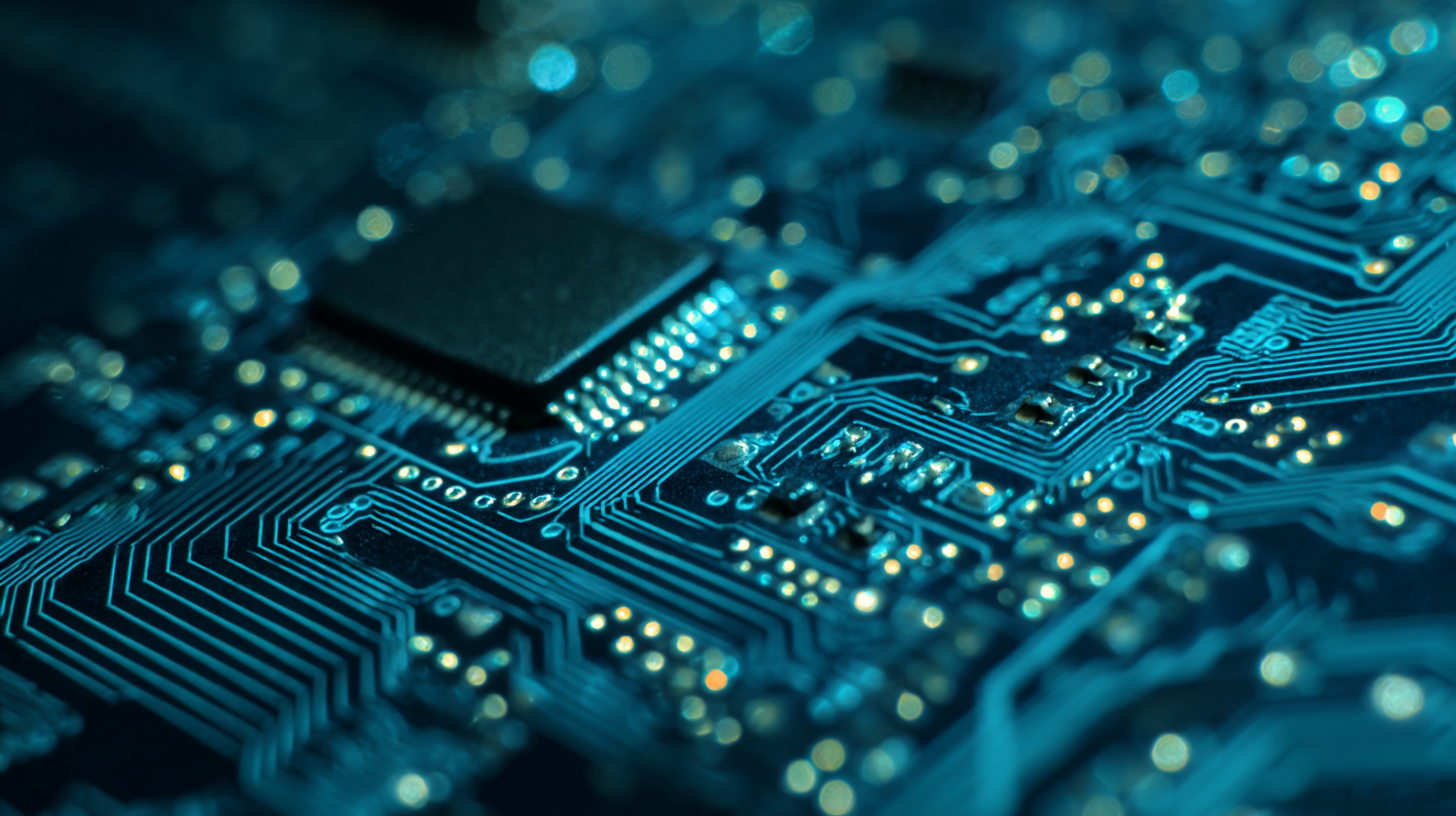
In recent years, the circuit board manufacturing industry has seen a significant shift towards sustainable practices, driven by the urgent need to address environmental concerns. Eco-friendly innovations are becoming a central focus, with manufacturers exploring materials and processes that minimize ecological impact. Biodegradable substrates and non-toxic laminates are emerging as alternatives to traditional materials, reducing the environmental burden associated with electronic waste. These advancements not only help in maintaining the integrity of the environment but are also increasingly demanded by environmentally conscious consumers.
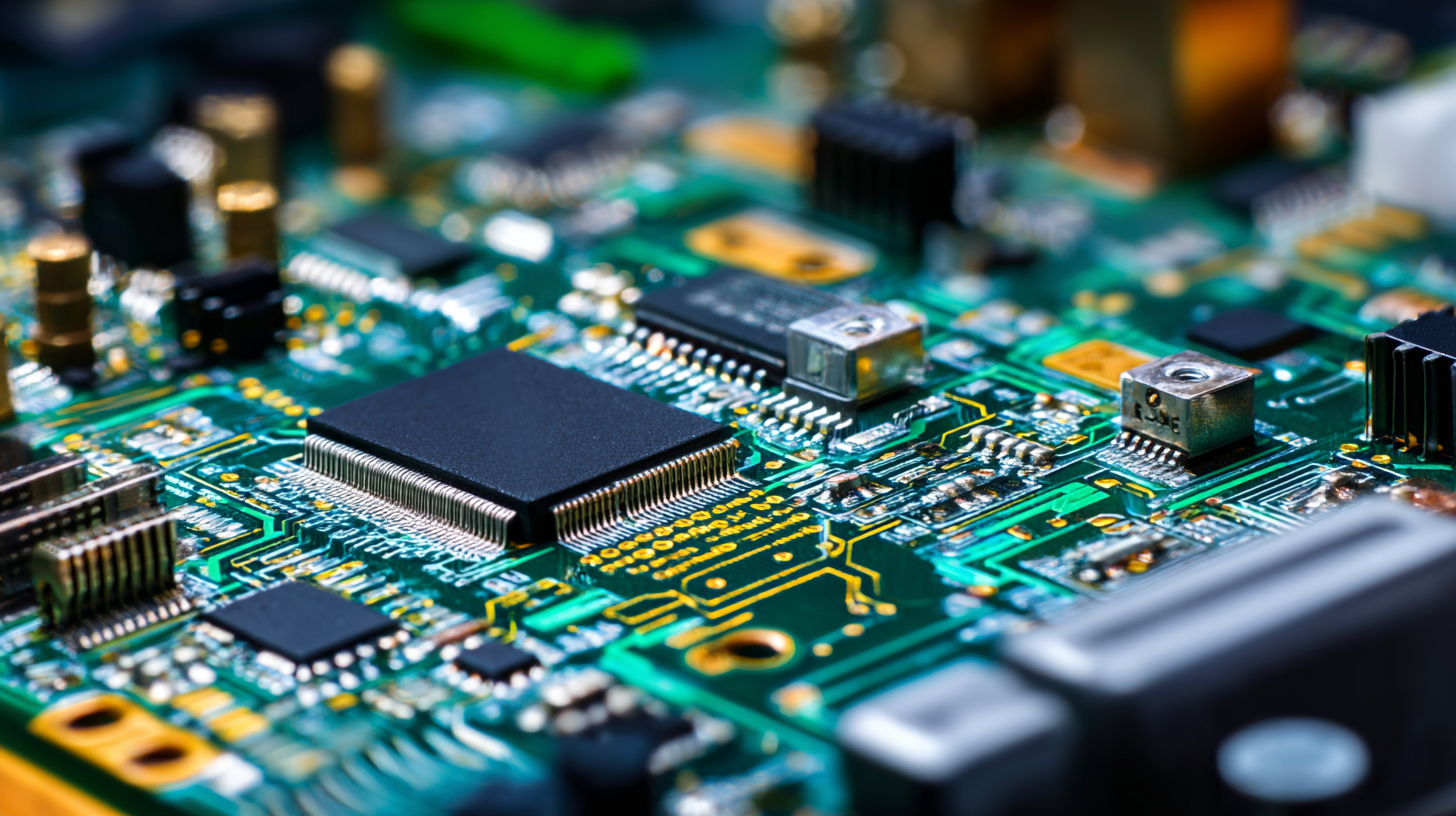
Another key area of innovation involves the adoption of practices that optimize resource efficiency and reduce energy consumption. For instance, closed-loop water recycling systems and solar-powered facilities are being integrated into production lines to significantly decrease water usage and reliance on fossil fuels. Furthermore, by implementing lean manufacturing principles, companies can streamline their operations, reducing waste and minimizing the carbon footprint. As these eco-friendly practices gain traction, they not only enhance the sustainability of circuit board production but also offer a competitive edge in a market that is progressively aligning with the principles of environmental responsibility.
